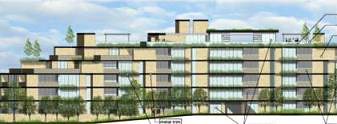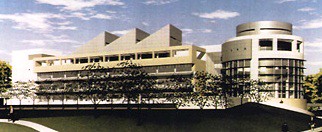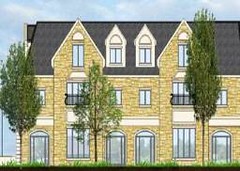
Are you for or against the "One University Place" development project?
I am for the development and the benefits, both tangible and intangible, that it would bring. Easily enough to quantify is the benefit of the community room, the improvements to the Sunset/Melrose intersection and the opportunity for increased tax revenues. It is more difficult to quantify the diversification of neighbors, increasing commercial opportunities, or having a “downtown”. Imagine the opportunities and programs the community room alone would open up! I understand that those may not be seen as benefits to everyone, that some would like to keep University Heights a sleepy bedroom community. Frankly, I am not one of those: I find the opportunities a business district would offer exciting and evolutionary.
What kind of development is most appropriate at the St. Andrew Church site?
The church has been a wonderful neighbor and I would not be disappointed if they decided to stay. But they have been blessed with a growing congregation, and if they decide that a move is necessary for them, I am in favor of the property being used to advance the community, both financially and evolutionary. Financially, it is important to recognize what is economically feasible given today’s







